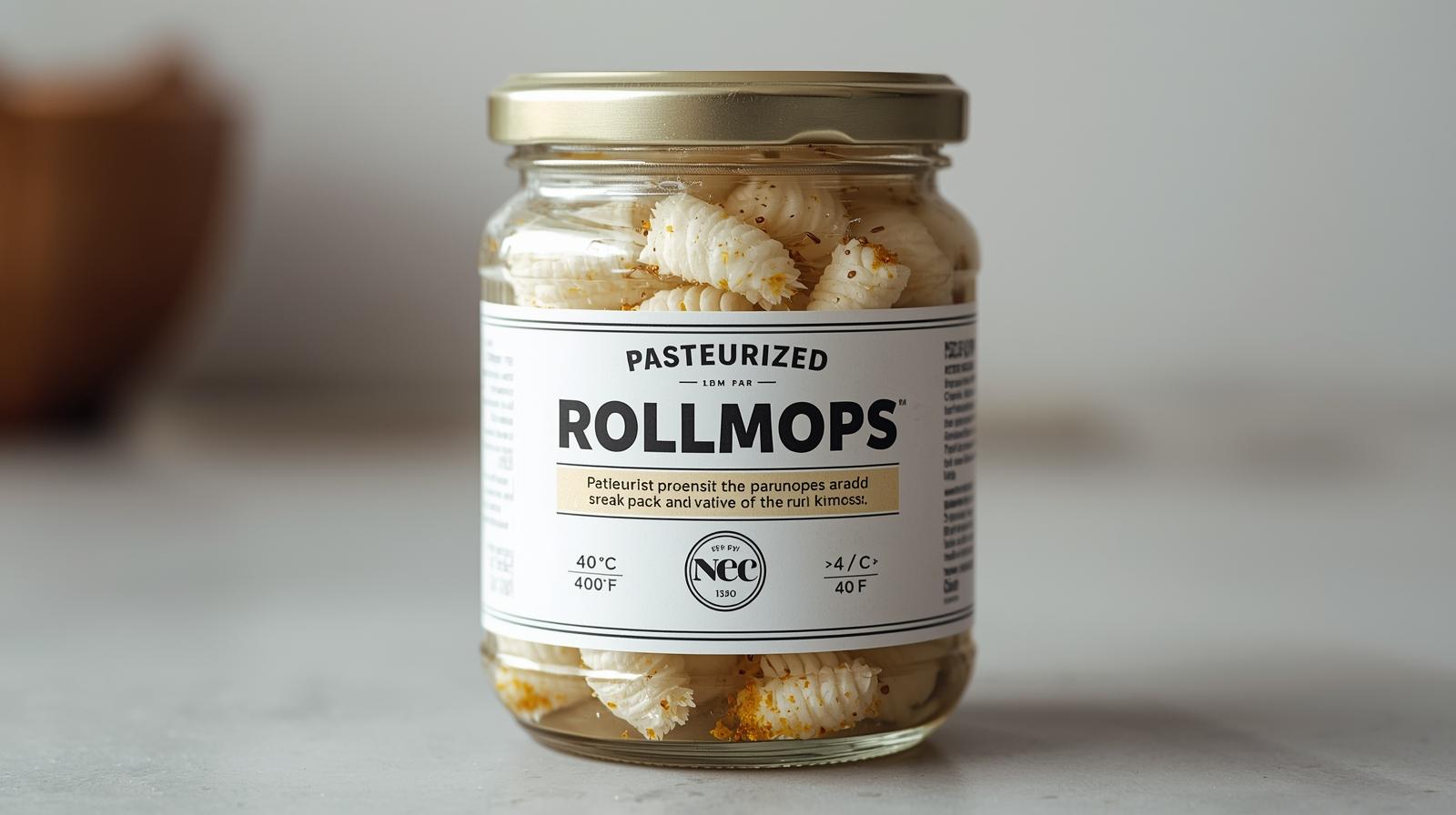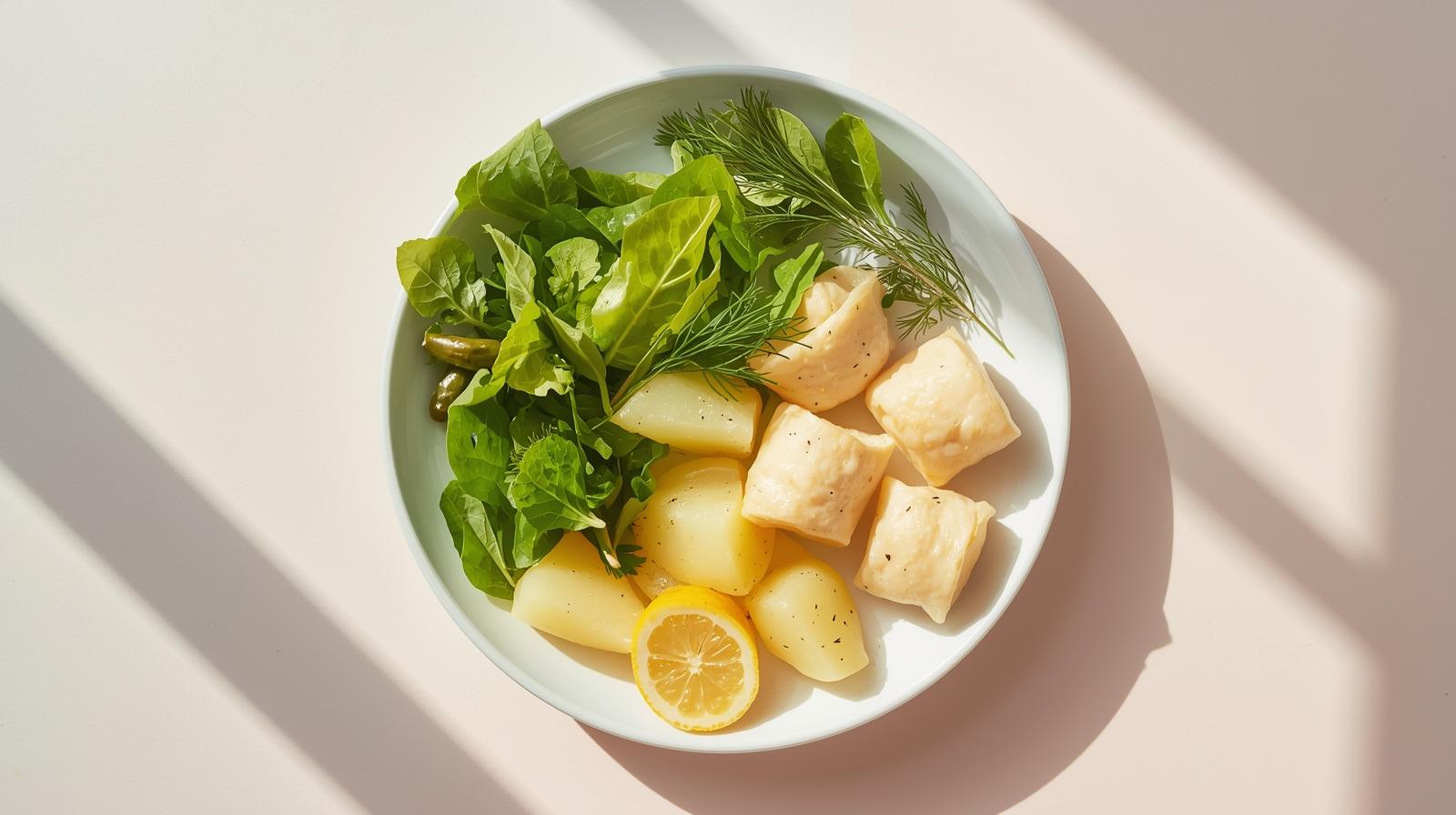
Rollmops in Pregnancy — The Crisp Truth Behind a Tangy Favorite
Briny, tangy, and classically European, rollmops are pickled herring fillets rolled around onions or gherkins. They deliver omega-3s and protein, but in pregnancy the ready-to-eat nature flips the script: listeria safety, storage discipline, and sodium drive the decision more than mercury does. The most pregnancy-smart approach is simple: favor freshly cooked fish and treat jarred, cold seafood as an occasional, high-caution food—preferably heated until steaming. [1] [2] [3]
In this global guide
- Rollmops 101 — what’s in the jar
- Listeria: why ready-to-eat fish is different
- Labels that matter (pasteurized, use-by, storage)
- Heat to steaming hot — practical methods
- Two-Hour Rule, fridge temps & leftovers
- Sodium load & balancing the plate
- Craving the tang? Safer alternatives
- Pregnancy FAQ — Rollmops
Rollmops 101 — What’s in the Jar
A typical rollmops jar contains herring fillets preserved in vinegar, water, salt, and spices, sometimes sugar. The fillets are rolled around onion or pickled cucumber, secured with a toothpick. While the fish is acidified by the brine, it’s still a ready-to-eat product that is not reheated before serving—this is the crucial difference from freshly cooked fish. [2] [3]


